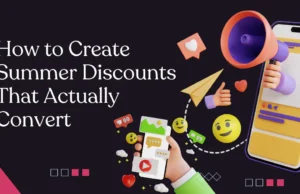Trending Now
Digital Marketing
The Power of Branding Strategy in Marketing
If you want to differentiate a business, get closer to customers, and earn lifelong relationships with them, there’s only one word that comes to...
Seasonal Marketing
Digital Marketing
What Is a Social Media Influencer and How Do They Impact...
The influence of social media has fundamentally changed how we discover, evaluate and select that which we engage with, from brands to information to...
10 Unique Marketing Ideas to Grow Your Business
Every business aims to stand out, but with so many companies vying for attention, cutting through the noise can be challenging. Traditional marketing methods...





















